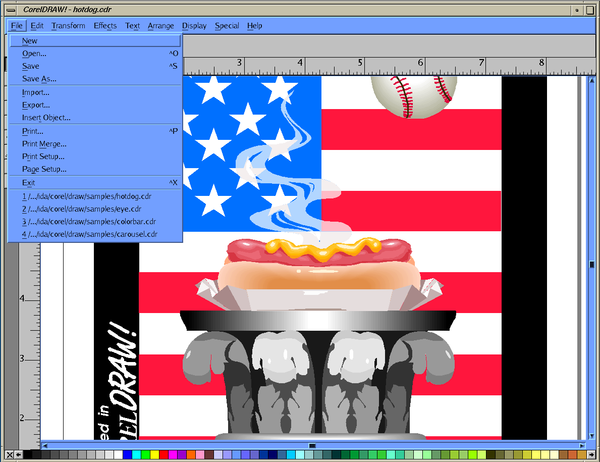johnnym wrote:
So why not use a directory structure like an inventory?
This focuses very much on *where* a part is. As if things stay in the boxes they arrive in, in chronological order. I try to keep related parts together, i.e. I have a place for Octane/Onyx2 related parts, ditto for Challenge/Onyx1, 4D series etc etc. Only generic parts (SCSI disks, cables, books, keyboard & mice) stay together rather than with the "system" category. The purpose of my inventory is not to know where things are. This should be obvious.
Like many of us (I suspect) I have amassed a lot of parts over the years. Many of those came in large batches. Many of them are not relevant to the systems I own, some I have (too) many of, often their working condition is unknown. This takes up a lot of space while not bringing me anything. The moment comes when you either have to give/throw away everything (I'm not a hoarder) or you have to sanitize the lot. I chose the latter option. This means you have to test everything, and this takes up an unbelievable amount of time. It's like ripping a large CD collection: you want to do it only once, so you want to do it good the first time. So I threw away everything not worth that time (nobody wants a 1x180MHz CPU board for an Onyx2). If you test something you have to (1) then package the item such that it will not get damaged after you test it 'good', and (2) keep a record of it, and that's where the Excel sheet was born. It's trivial to create a 'mail merge' and print stickers from it.
The outcome is boxes full of neatly packaged, quality spares. And boxes full of electro-trash, and boxes full of neatly packaged, but useless (to me) stuff. The useless stuff has to go (I'm still not a hoarder). Some of it ends in the 'for sale/trade' forum here, some of it goes to local market places. If nobody wants it it goes to the recycling. In the end, I only want the boxes of neatly packaged, tested, labeled parts for my personal use. It will take time and dedication to get there. Maybe I never will.
The second purpose of my inventory: to help make a decision on whether I need to
buy
something if it pops up. I do not want to buy something I have (as a spare) already. And I will never remember what I already have.
It's really a matter of keeping it simple (the KISS principle). It has to be easy to edit or I won't bother and that would make it worthless. The little Excel sheet gets the job done, if I need a complicated system it's probably a sign of a bigger problem (like way to much crap I should really get rid of instead of cataloging it).




































 I've been to places where someone had to accompany you at all times, which meant walking with you to the toilet, and waiting outside to make sure you really didn't go anywhere else.
I've been to places where someone had to accompany you at all times, which meant walking with you to the toilet, and waiting outside to make sure you really didn't go anywhere else.
 They can be a reel pain to diagnose.
They can be a reel pain to diagnose.